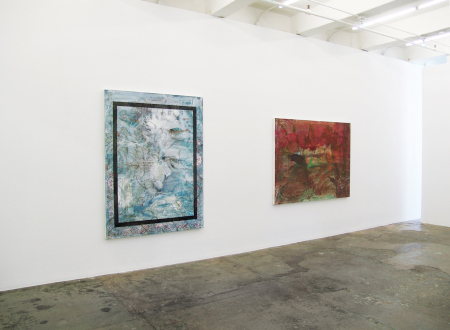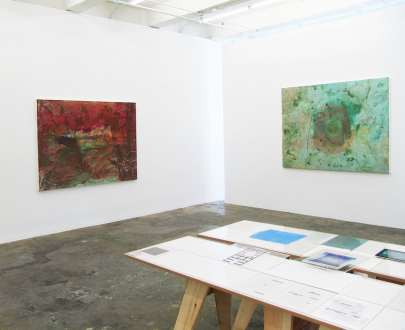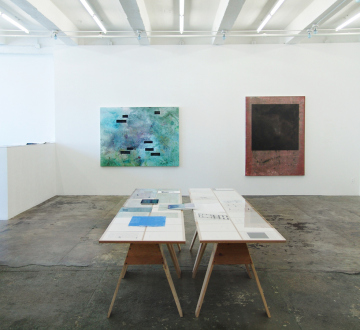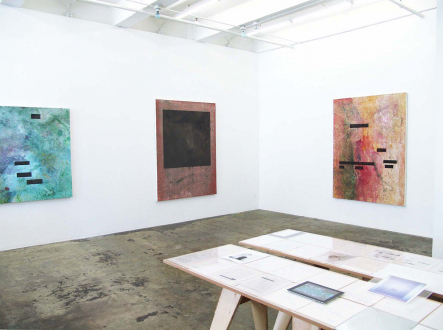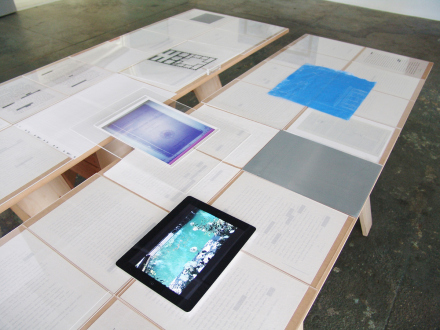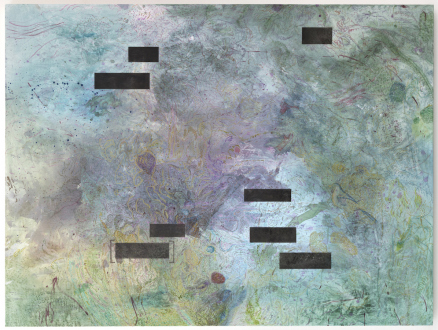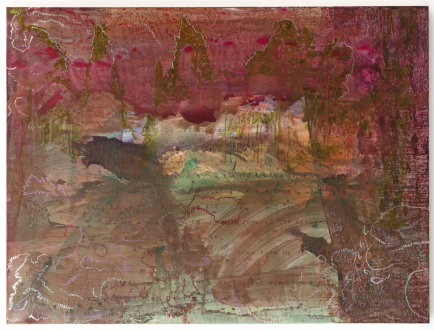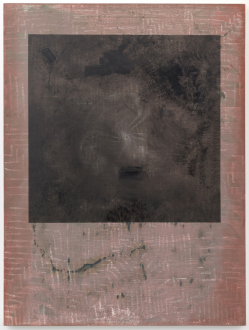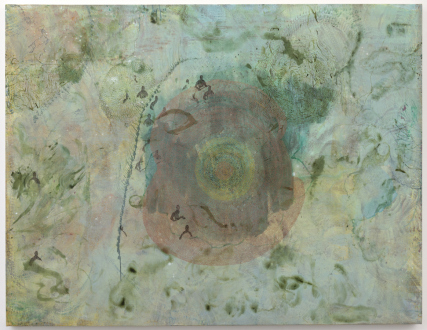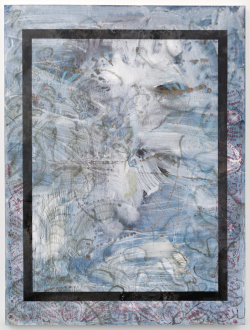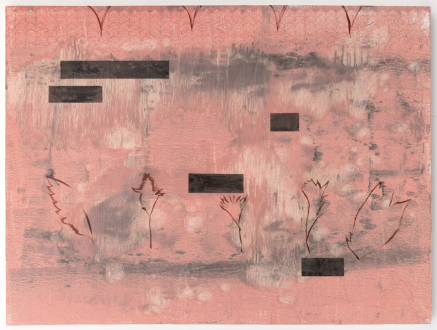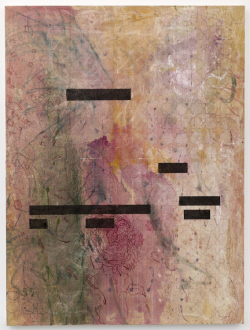Bahar Behbahani – Garden Coup (Works)
Selected Works
Bahar Behbahani
Bahar Behbahani – Garden Coup Press Release
Thomas Erben Gallery is pleased to announce Garden Coup, a solo exhibition by Bahar Behbahani, an Iranian artist living and working in New York. The exhibition comprises paintings and an installation structured around the conflicted figure of Donald Wilber. Wilber is marked by duality: his writings on Persian gardens distinguish him as a well-respected Middle Eastern architectural scholar, one whose research the artist studied in college. However, Wilber was also a CIA secret agent, responsible for orchestrating the 1953 military coup in Iran.
In August 1953, to prevent the nationalization of the Iranian oil industry, and to increase the power of their ally the Shah, the British and United States governments instigated a rebellion to oust the democratically elected Prime Minister Mohammad Mosaddegh. In 2013, the United States government declassified a report of the coup written by Donald Wilber. The document, strewn with black bars redacting its content, regards Wilber’s involvement in planning the coup for the CIA. However, Wilber’s autobiography published in 1986 had already implicated the CIA in the coup, even after being “sanitized” for publication by the CIA’s editors. The question of why the CIA allowed their involvement to be publically disclosed at this earlier date was a subject of inquiry for Dr. Shiva Balaghi – a scholar, writer, and curator focused on the Middle East, whose research on Wilber has been influential for the artist. Balaghi argues that by only releasing narratives from the perspective of Wilber, both in the autobiography and in the later report, the CIA “[acknowledges its] involvement in the overthrow of the Iranian government while not allowing the factual history of the event to be written.”
For Garden Coup, Behbahani installs a broad table within the gallery, upon which pages of the report are stacked and only partly revealed. Some are hidden beneath watermarked papers, others have been covered in drawings. One stack is topped by a plate of zinc, another by an architectural etching. At the center of the table is a reproduction of the cover of The Persian Garden, an exhibition organized by Wilber in 1940 for the Iranian Institute in New York. Behbahani’s interests in duality and duplicity become clear through her research process, by which she investigates the interlinked aspects of Wilber’s interest in Persian gardens and his role as the architect of the coup. Persian gardens, after all, exist within an arid environment where water is scarce, making the richness of their greenery and fountains all the more impressive. These gardens, like the installation itself, are centered around process. While aesthetic objects themselves, the gardens also privilege experience, being able to sit and contemplate, listen to water, and hear nightingales.
The exhibition also contains a suite of paintings that contain finely articulated motifs, drawing from site plans of gardens, floral paintings of 19th century illuminated books, the ritual geometry of architectural patterns, and inscrutable characters. Behbahani plays off the idea of secrecy in her paintings, combining her imagery with washes of color that simultaneously illuminate the field of the painting and obscure what is contained beneath. She transposes the redaction bars from pages of the Wilber report onto her own works, suppressing information about the paintings. The beauty, detail, and labor of the work is permeated with secret codes and poetic withholding. Behbahani plays with coding and decoding this repressed history, making visual poetry out of its redactions.
Multimedia artist Bahar Behbahani (b. 1973, Tehran, Iran) lives and works in New York City. Since 2000, her work has been featured internationally in institutions and biennials including the Biennial of Contemporary Painting of the Islamic World (2002) and The Painting Biennial (2004), both Tehran Museum of Contemporary Art, Iran; National Museum of Women in the Arts, Washington D.C. (2007); Tribeca Film Festival, New York (2008, Official Selection); Queens Museum of Art, NY (2010); Sharjah Biennial, UAE, and MACRO Museum of Contemporary Art, Rome (both 2011); Biennale of Sydney, Australia (2012); and the Honolulu Biennial, Hawaii (2014, Prologue Exhibition). Solo exhibitions include such venues as the Eli and Edythe Broad Art Museum, East Lansing, MI; Etemad Gallery, Tehran, Iran, and New York University Abu Dhabi. Behbahani’s work was first shown in the gallery in 2011 as part of Iran Via Video Current.
